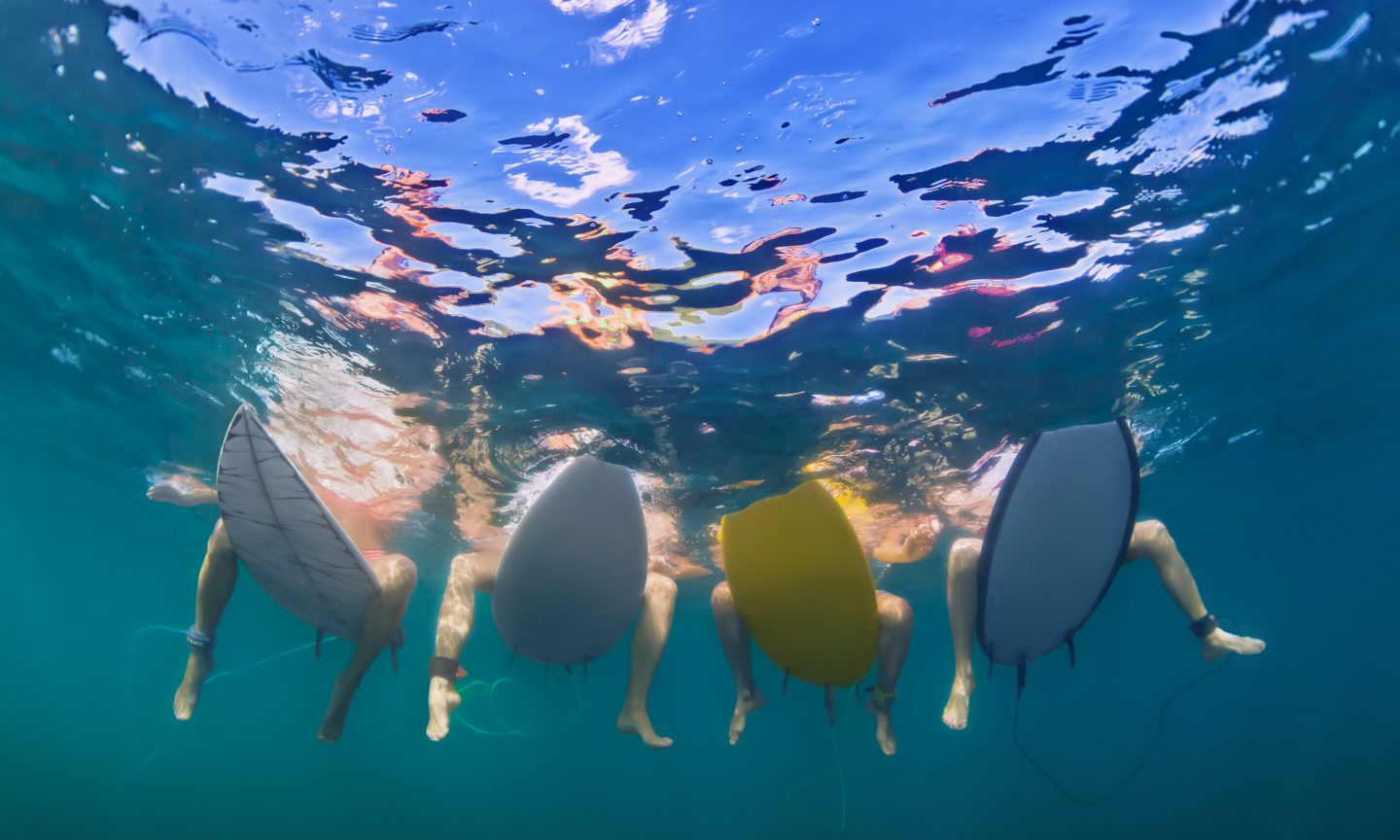Tourists can finally say “aloha” to Hawaii, as the state formally welcomes back visitors for nonessential travel.
In August, Hawaii Gov. David Ige called upon visitors to delay all nonessential travel through the end of October due to an accelerated surge in COVID-19 cases, which he said had been overburdening the state’s health care facilities and resources.
While that certainly didn’t stop travelers who were entering the state for purely leisure activities, it did signal that tourists weren’t exactly welcome by all in Hawaii. That changes now that it’s November.
“Our hospitals are doing better and seeing fewer patients,” Ige said in a statement on Twitter. “This gives us the ability to move forward in our economic recovery and safely welcome back fully vaccinated domestic travelers.”
What you need to travel to Hawaii
Still, the welcome doesn’t mean that travel to Hawaii is a complete free-for-all. Travelers must still adhere to restrictions and requirements that had already been in place.
Mandatory participation in the Safe Travels program
You’ll have to enter certain personal information and health details online at the state’s Safe Travels site, then you’ll receive a QR code via email 24 hours before departure. Show that code to the airport screener when you land. Travelers without smartphones or computers can receive assistance once in Hawaii.
Proof of vaccination or a negative COVID-19 test to avoid quarantine
If you have neither proof of vaccination nor a valid, negative COVID-19 test result, you’ll need to complete a mandatory 10-day self-quarantine. Otherwise, here’s how you can avoid it.
If you’re vaccinated: Upload proof of full vaccination starting the 15th day after it has been completed (for domestic travelers who were fully vaccinated in the U.S. or U.S. territories), to Hawaii’s Safe Travels website.
If you’re not fully vaccinated: Take a COVID-19 test from a state of Hawaii-trusted testing and travel partner that was administered no more than 72 hours before the scheduled departure time of the final leg to Hawaii. You must have your test results prior to departure.
COVID-19 restrictions still in place
Just because tourists are welcome doesn’t mean you can completely take a vacation from the pandemic, as many COVID-related rules are still in place. While rules may vary by island, city and business, you should expect restrictions including:
Wearing a mask indoors: The state requires that masks are worn indoors, including at restaurants except when you are eating and/or drinking.
Not being able to visit all parks like you used to: Parks, beaches and trails are open, albeit with some restrictions. At national parks, masks are required for everyone indoors, in crowded outdoor spaces and on all forms of enclosed public transportation.
Keeping groups small: Gatherings statewide are still limited to a maximum of 10 people for indoor gatherings and 25 for outdoor gatherings.
Easy ways to save money on travel to Hawaii
Once you’re there, you might as well island hop if you want to cover as much ground as possible. Flights between islands are generally less than an hour and can be affordable.
Don’t overlook vacation rentals. Not only are they more likely to be cheaper than hotels, but they also often have kitchens so you can avoid having to dine out, and typically you won’t pay resort fees.
Speaking of saving money on food, dining out can certainly be part of the Hawaiian experience, but beware of overpriced oceanfront restaurants. Many convenience stores sell freshly made poke, Spam musubi and other snacks you can take to a beachfront picnic for free views and cheaper eats than had you dined at a restaurant.
As far as the best time to go, now is generally delightful weather-wise, as the average daytime winter temperature at sea level is 78 degrees, which is cooler than the average daytime summer temperature of 85 degrees. Just avoid traveling when kids are out of school (such as around Christmas and New Year’s) as crowds tend to pick up — as do prices.
The bottom line
If you’re hoping to visit Hawaii, here’s another reason why now is one of the better times to go: Airlines and hotels are offering some of the most flexible cancellation and change policies ever seen.
That said, it’s not a guarantee that the Aloha Islands will be back open for good.
“As always, we will continue to monitor case counts and hospitalizations in the islands and adjust as needed while prioritizing the health and safety of our residents,” Ige said.
How to maximize your rewards
You want a travel credit card that prioritizes what’s important to you. Here are our picks for the best travel credit cards of 2021, including those best for:
This post was originally published on Nerd Wallet




